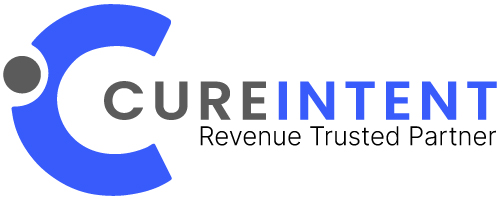Medical Billing Software – 9 Powerful Features to Boost Revenue
Medical Billing Software can be confusing but, in this guide, we break down the 9 most powerful features so you can choose the best tool to streamline billing and grow your revenue.
Introduction to Medical Billing Software Features
Medical billing software plays a crucial role in streamlining healthcare revenue cycle management. The right features can significantly improve billing accuracy, reduce denials, and accelerate reimbursements. Choosing software with powerful capabilities ensures your practice stays competitive and financially healthy. In this article, we explore nine essential features that can boost your practice’s revenue. Understanding these features helps you select the best software tailored to your needs.
Automated Claim Submission and Tracking
One of the key features is automated claim submission, which reduces manual effort and minimizes errors. The software automatically prepares and sends claims to payers, saving time and increasing efficiency. It also tracks claim status in real-time, providing updates on approvals or denials. This automation speeds up the revenue cycle and ensures timely follow-up on unpaid claims.
Having a reliable tracking system helps prevent missed payments and reduces delays.
Built-in Coding Assistance and Error Checking
Effective billing software includes integrated coding assistance that suggests the correct codes based on documentation. It also checks for common coding errors before submission, reducing claim rejections. This feature ensures compliance with coding guidelines and minimizes costly mistakes. Automated error checking improves accuracy, leading to faster reimbursements and fewer denied claims. It is especially valuable for practices handling complex procedures and diagnoses.
Fee Schedule Management and Customization
A robust software allows easy management of fee schedules and customizable billing rates. It enables practices to update charges swiftly in response to changes in payer policies or service costs. Custom fee management ensures accurate billing aligned with your practice’s pricing structure. It also helps in generating accurate estimates for patients and insurance companies. Flexibility in fee management enhances overall revenue and reduces billing discrepancies.
Patient Portal Integration for Improved Collections
Patient portals are a vital feature that facilitates direct communication with patients. They allow patients to view bills, make payments, and update their information online. This convenience encourages prompt payments, improving cash flow. The portal also offers options for payment plans and billing inquiries, reducing administrative workload. Increased patient engagement through portals boosts collections and enhances patient satisfaction.
Real-Time Eligibility Verification
Eligibility verification is crucial for avoiding claim denials due to ineligible patients. The software provides real-time access to insurance information, confirming patient coverage before services are rendered. This feature helps practices avoid billing for services not covered and reduces claim rejections. It ensures accurate billing from the start, saving time and resources. Real-time eligibility verification is a must-have for optimizing revenue.
Comprehensive Reporting and Analytics
Effective revenue management depends on insightful reporting features. The software offers detailed analytics on billing performance, denial reasons, and collections. These reports help identify bottlenecks and areas for improvement. By analyzing trends, practices can implement strategies to increase revenue and reduce errors. Customizable dashboards and reports empower your team to make data-driven decisions. Better insights lead to smarter revenue cycle management.
Payment Processing and EHR Integration
Integrated payment processing allows patients to pay bills directly through the software, streamlining collections. This feature supports multiple payment methods, including credit cards and electronic transfers. Seamless integration with Electronic Health Records (EHR) systems ensures consistency and quick access to patient information. Combining billing and payment functions simplifies workflows and accelerates cash flow. It also reduces administrative overhead and improves customer experience.
Automated Follow-Up and Denial Management
Effective denial management features automatically identify unpaid or rejected claims for follow-up. The software prioritizes and schedules actions to address denials promptly. Automated follow-up reduces the time spent on manual outreach and increases the chances of successful re-submissions. This feature improves collection rates and shortens the revenue cycle. Proactive denial management is essential for maximizing practice revenue.
Secure Data Storage and HIPAA Compliance
Security is paramount in medical billing software. The software must comply with HIPAA regulations to protect patient information. Features include encrypted data storage, user access controls, and audit trails. Ensuring data privacy and security builds trust with patients and payers. Compliance with industry standards also prevents costly legal issues.

Reliable security features safeguard your practice’s data and reputation.
Final Thoughts on Medical Billing Software Features
Choosing software with the right features can transform your revenue cycle management. From automation and coding assistance to secure data handling, each feature plays a vital role. The nine features discussed claim tracking, coding help, fee management, portals, eligibility, reporting, payments, denial management, and security are essential for boosting revenue. Investing in comprehensive billing software ensures efficiency, compliance, and improved cash flow, ultimately supporting your practice’s growth.







